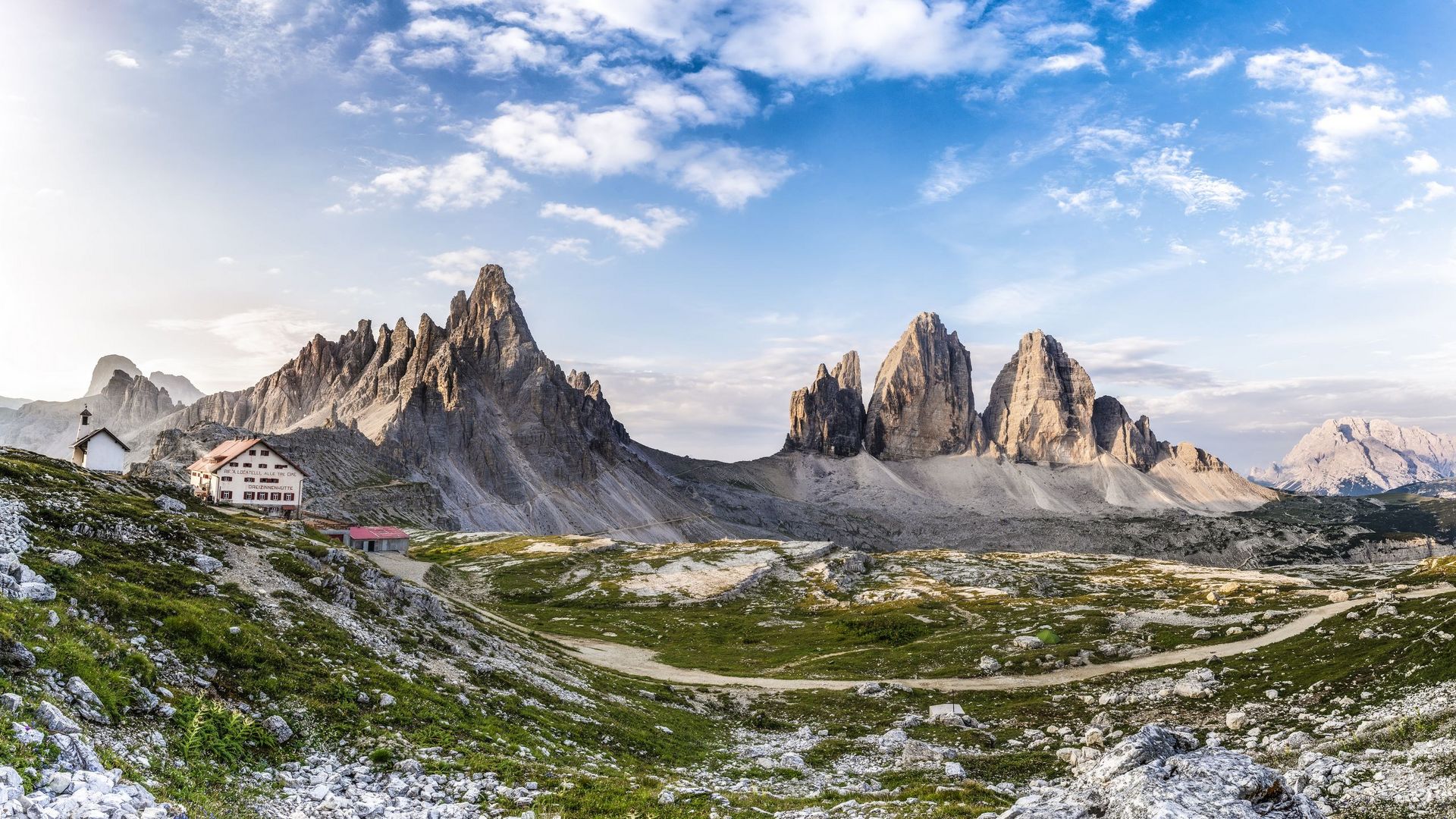Dolomites UNESCO World Heritage Site
A natural paradise of unique beauty
The pointed peaks, rugged ridges and steep rock faces of the Dolomites UNESCO World Heritage Site glow in a deep red in the dark evening light and then change into orange and violet as they smoothly move into the darkness of the night. The unique composition of the dolomite rock makes the so-called “Alpenglow” possible, a true wonder of nature that you will experience with your own eyes during your time out at our wellness hotel in Val Pusteria/Pustertal.
Thanks to their incomparable beauty, the Dolomites became a UNESCO World Heritage Site having captivated famous personalities such as the great poet Goethe, the extreme mountaineer Reinhold Messner and the star architect Le Corbusier.
Created 250 million years ago as coral reefs, the white rock towers today rise confidently into the sky and define the landscape around our hotel near Brunico/Bruneck. Since 2009, they have been part of the renowned UNESCO World Heritage Sites. "The Dolomites have therefore achieved the world's highest recognition for a natural site," says Luis Durnwalder, former State Governor.

